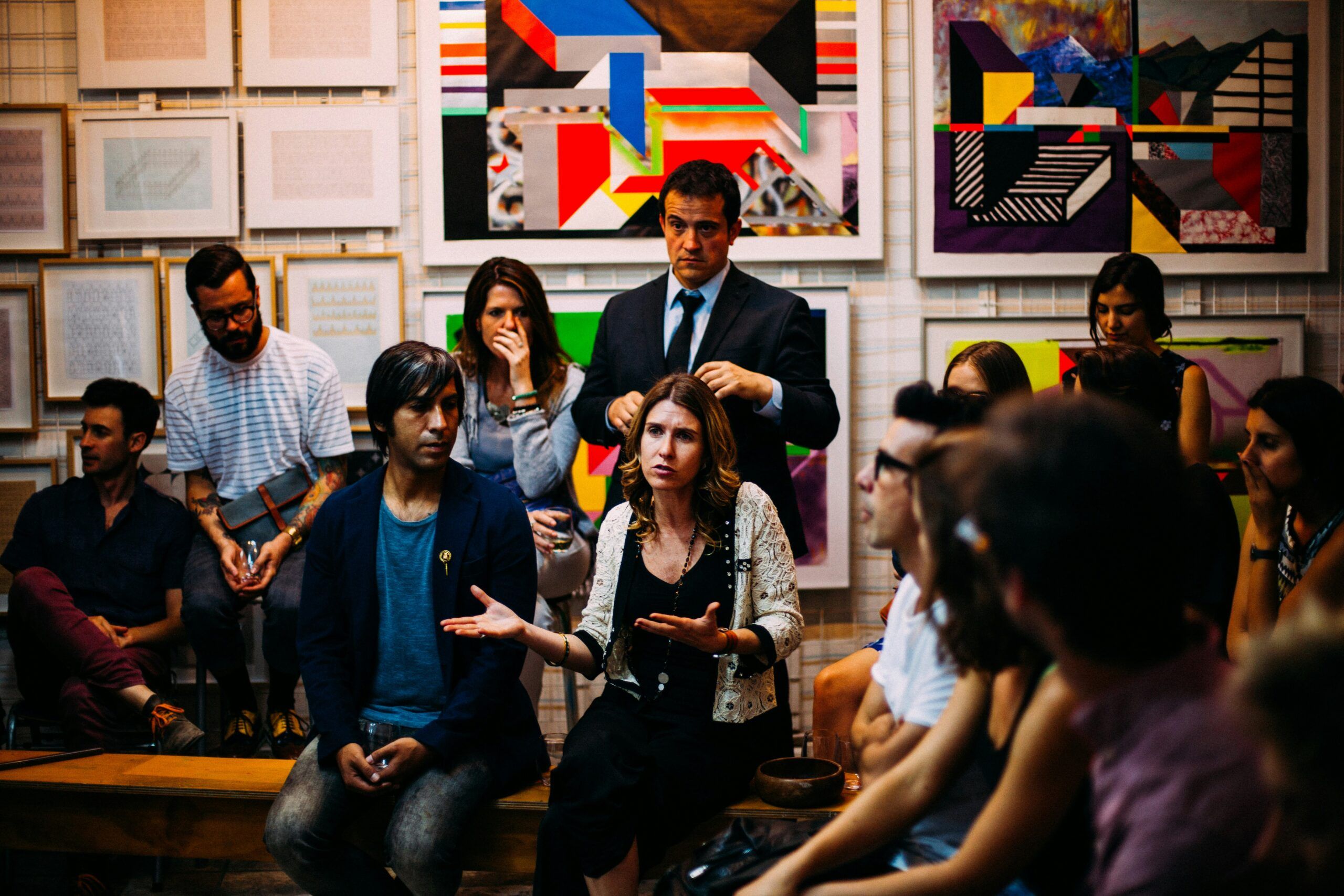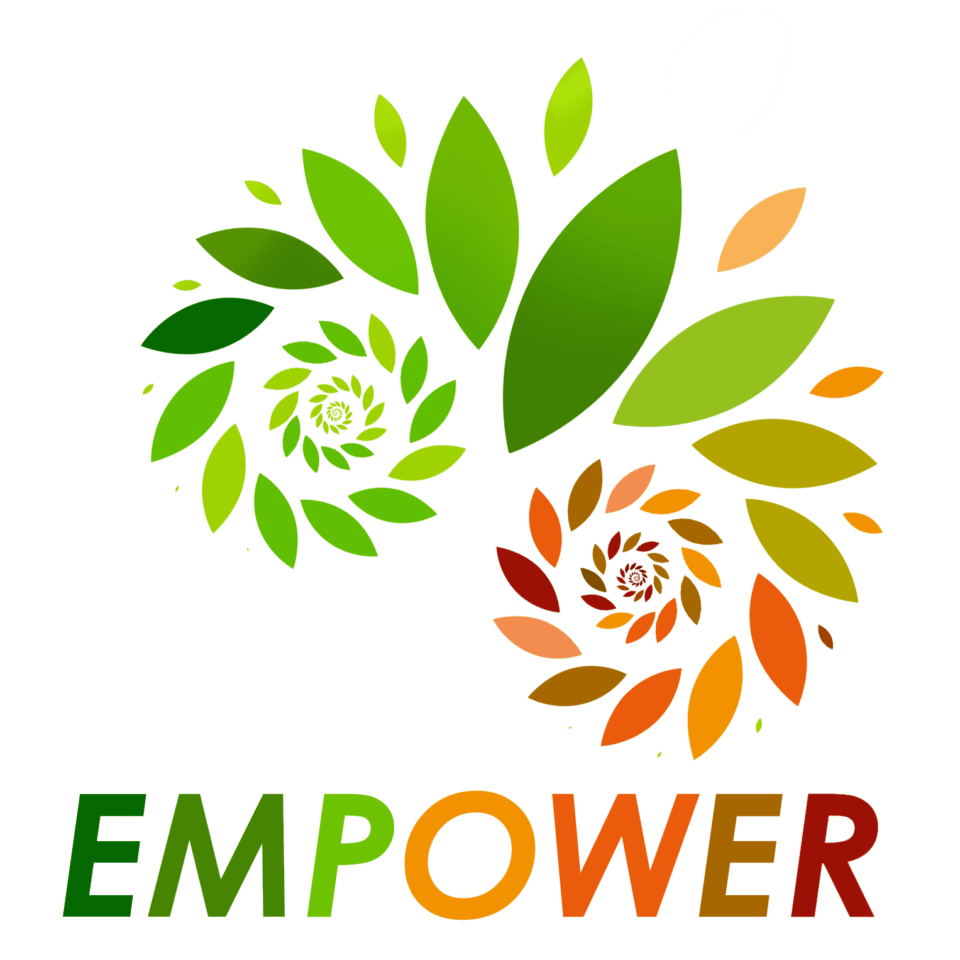Group Input
What is Group Input about ?
This tool comes from the Kaospilot school for creative business design and social innovation. It was used when students pursued their final projects, working individually on their chosen topic. The class came together weekly to support each other. The input from others helped to maintain a feeling of being part of a bigger cohort, even if everyone was working individually. Even when used with strangers it can elicit much gratitude towards the group.
When pursuing a project individually or when input from an outside perspective is needed.
Gives the feeling of being supported.
Offers fresh ideas when one is stuck.
Audience
Is participant experience relevant for Group Input ?


Additional Questions
Is it possible to do the exercise without writing?
Should the group add their name to the post-it with their answer?
Requirements
Not specifically
Run Through
Prepare a space where the whole group can come together and where post-its can be put (around a table or on a flipchart/whiteboard).
Prepare a space where the whole group can come together and where post-its can be put (around a table or on a flipchart/whiteboard).
The more specific the question, the more impactful the answers. It is recommended to spend some time beforehand thinking about which question is precise enough to get the most useful answers.
Step 1:
Pose the question
The person whose turn it is presents a question they would like input on from the group. It is typically a question for advancing a project, but can be about anything. The person gets 3 minutes to explain the question and its background, the group may ask questions for understanding (but may not give ideas for solutions yet). The person writes the question on a post-it and places it visibly for everyone.
Step 2:
Group creates answers
Every person in the group writes as many answers on post-its as they can think of. Brainstorm rules apply, there are no bad answers: the more the merrier. Once written, the post-it gets read out aloud and placed on the surface. Similar answers can be placed close together. Don´t wait to write a new post-it until you have your turn in reading yours, rather produce several and then read them all when you get a turn to speak. The group should only add their name to the post-it with their answer if they want to give the questioner a chance to contact them later to explain their answer in more detail.
Step 3:
Thank you
The person with the question collects all post-its and says thank you. Then the next person gets their turn until everybody has had a turn.
Encourage the person to ask exactly what they want input on; the more specific the question the more useful the answers.
Don't allow any conversation to go on during the brainstorm, because time runs out quickly. Only allow idea generation or very quick questions for understanding (best are yes/no questions).
Online
Variations
Material for
Impact

project

ERASMUS +
Co-funded by the Erasmus+ Program of the European Union. Find more information about the program and its goals here: https://erasmus-plus.ec.europa.eu/.
Views and opinions expressed are however those of the author(s) only and do not necessarily reflect those of the European Union or the European Education and Culture Executive Agency (EACEA). Neither the European Union nor EACEA can be held responsible for them.

Creative Commons license:
CC-BY-SA You are free to distribute, remix, adapt, and build upon the material in any medium or format, even for commercial purposes with mention of the source: Transformation Hosts International, www. hostingtransformation.eu. If you remix, adapt, or build upon the material, you must license the modified material under identical terms.



